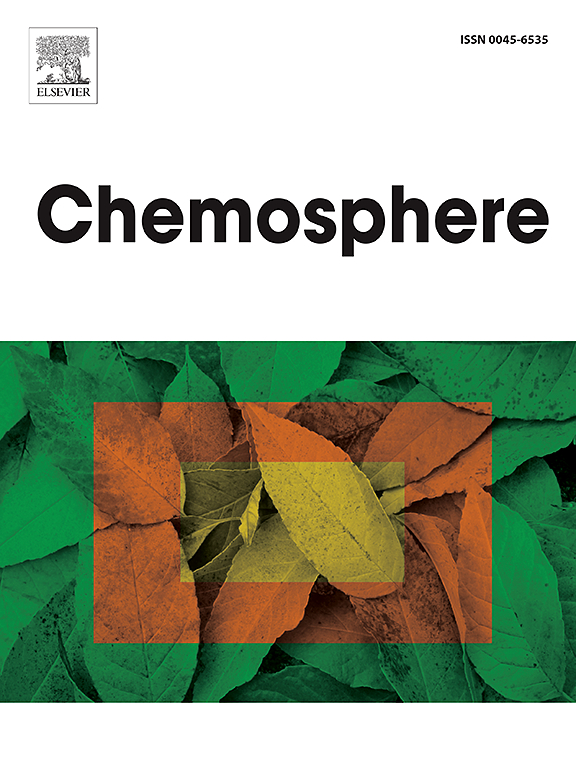Geochemical background of some trace elements in Atlantic Forest soils in a cocoa-producing region and its implications for human health and food safety
IF 8.1
2区 环境科学与生态学
Q1 ENVIRONMENTAL SCIENCES
引用次数: 0
Abstract
The background values for trace elements (TEs) in soils are crucial for environmental monitoring and food safety, as establishing quality reference values (QRVs) and help distinguish natural from anthropogenic sources. Brazil is the sixth-largest cocoa producer globally, with plantations concentrated in northeast and north regions. However, data on natural TEs concentrations in soils remain scarce, posing a significant challenge for food safety, human health, and environmental regulations. This study aims to determine natural TEs concentrations and establish QRVs for selected elements. Surface soil samples were collected from 38 native forest units and analyzed using exploratory, univariate, and multivariate statistical methods. Compared to soils around the world and from northern and northeastern Brazil, Ba and Cd (66.8 and 2.7 mg kg−1, respectively) exhibited the highest mean concentrations, except when compared to European soils. The results highlight that TEs concentrations in Atlantic Forest soils of southern Bahia differ due to geological diversity. Pedogenetic processes influenced TEs distribution, following the order: Fe > Ti > Ba > V > Cr > Zn > Cu > Co > Ni > Pb > Cd > Sb > Mo. QRVs were established using the 75th and 90th percentiles. Future research could integrate ecological and human health risk indices in cocoa-cultivated areas, considering soil, litter, plant tissues, and almonds. This approach would enhance understanding of TEs behavior under varying edaphic conditions, ultimately strengthening environmental monitoring strategies and food safety regulations.

求助全文
约1分钟内获得全文
求助全文
来源期刊

Chemosphere
环境科学-环境科学
CiteScore
15.80
自引率
8.00%
发文量
4975
审稿时长
3.4 months
期刊介绍:
Chemosphere, being an international multidisciplinary journal, is dedicated to publishing original communications and review articles on chemicals in the environment. The scope covers a wide range of topics, including the identification, quantification, behavior, fate, toxicology, treatment, and remediation of chemicals in the bio-, hydro-, litho-, and atmosphere, ensuring the broad dissemination of research in this field.
 求助内容:
求助内容: 应助结果提醒方式:
应助结果提醒方式:


